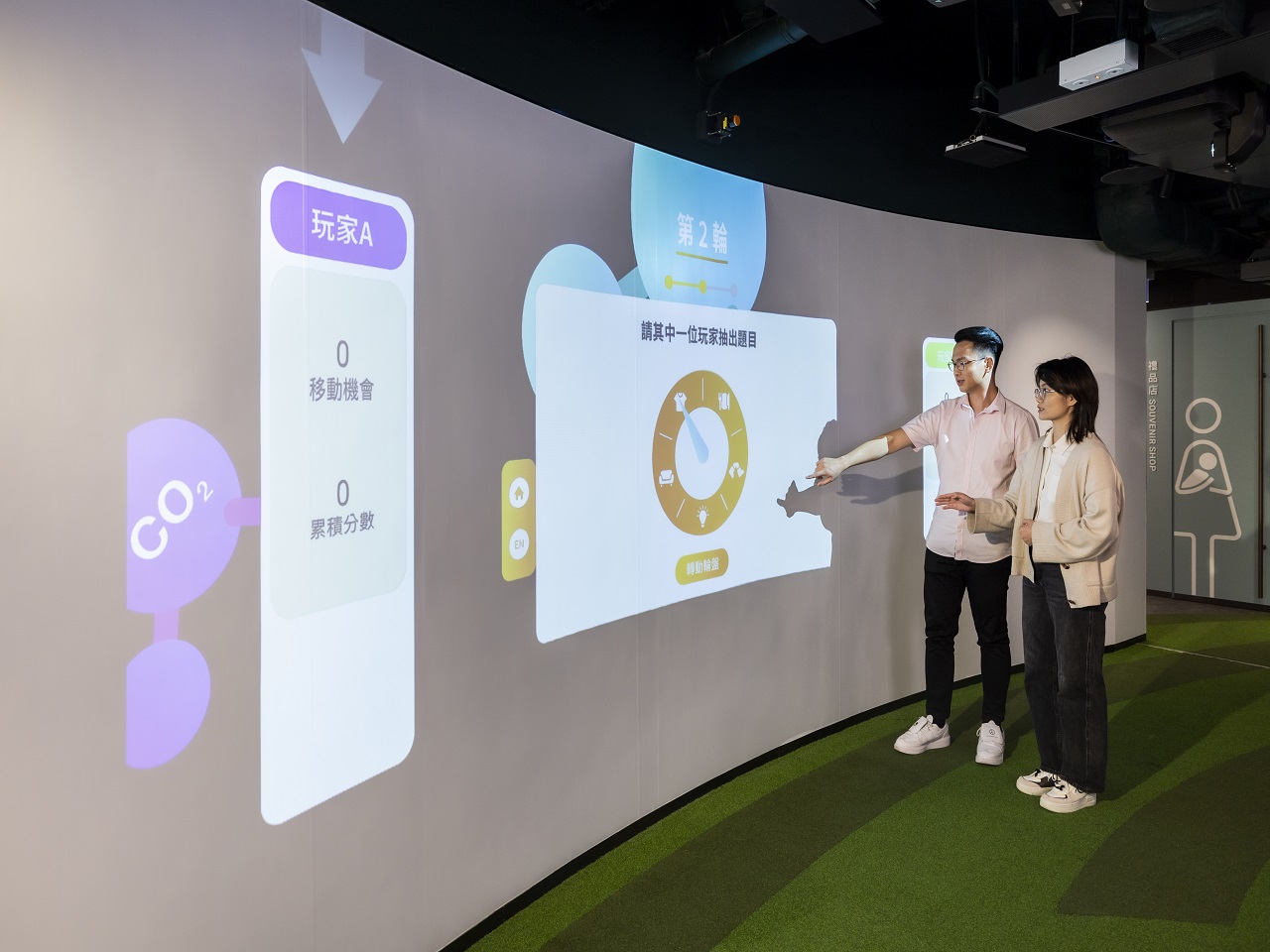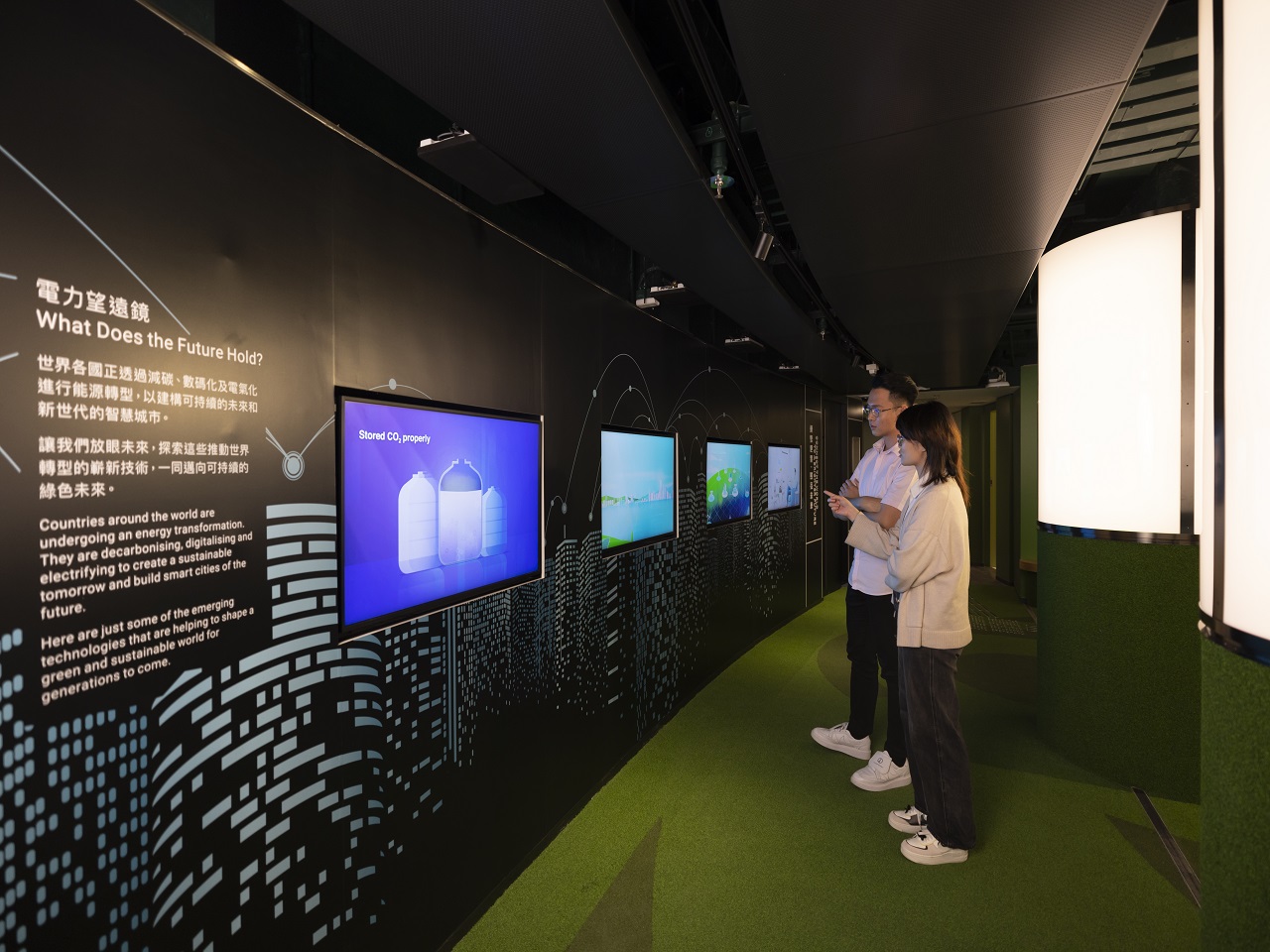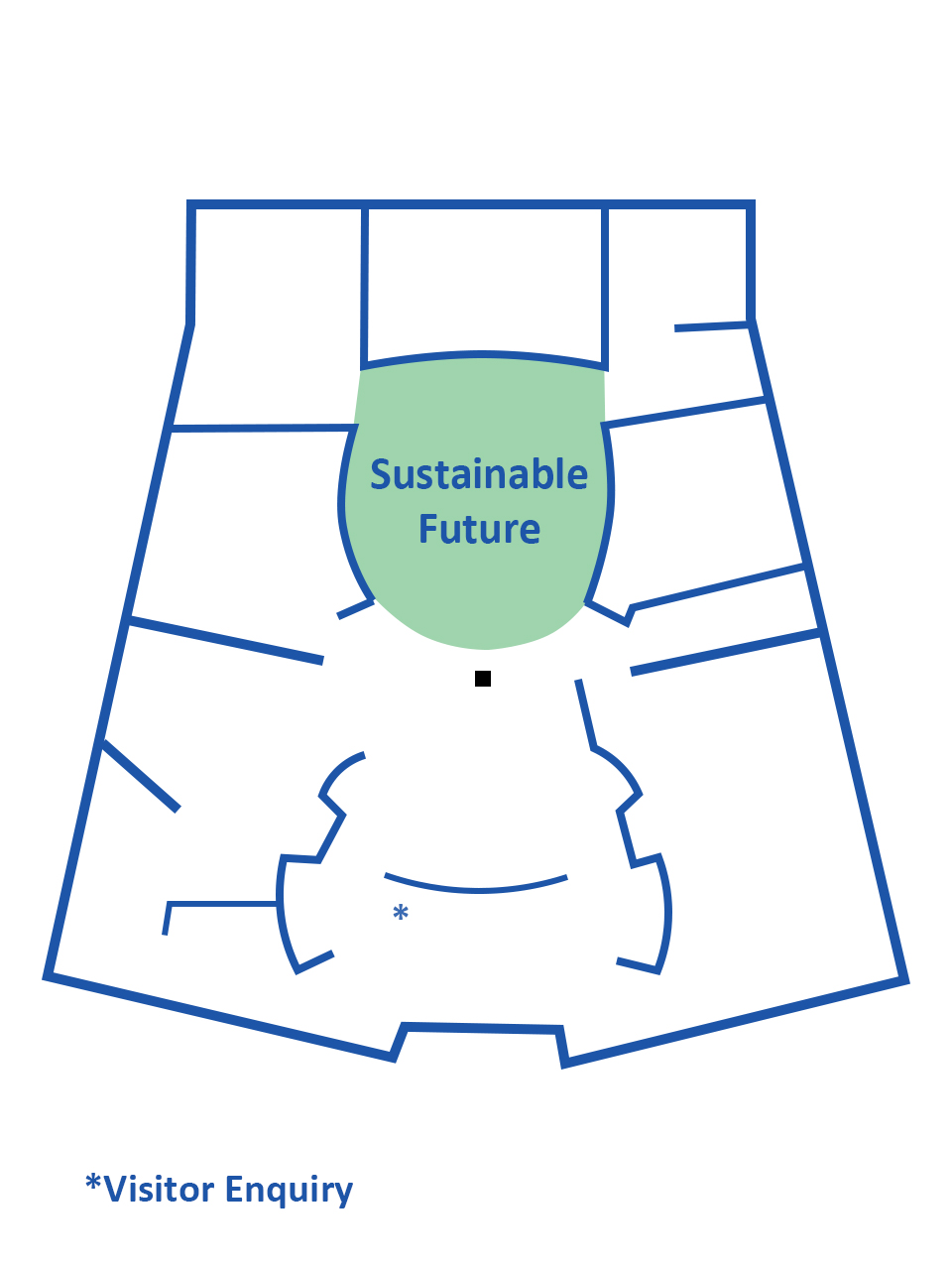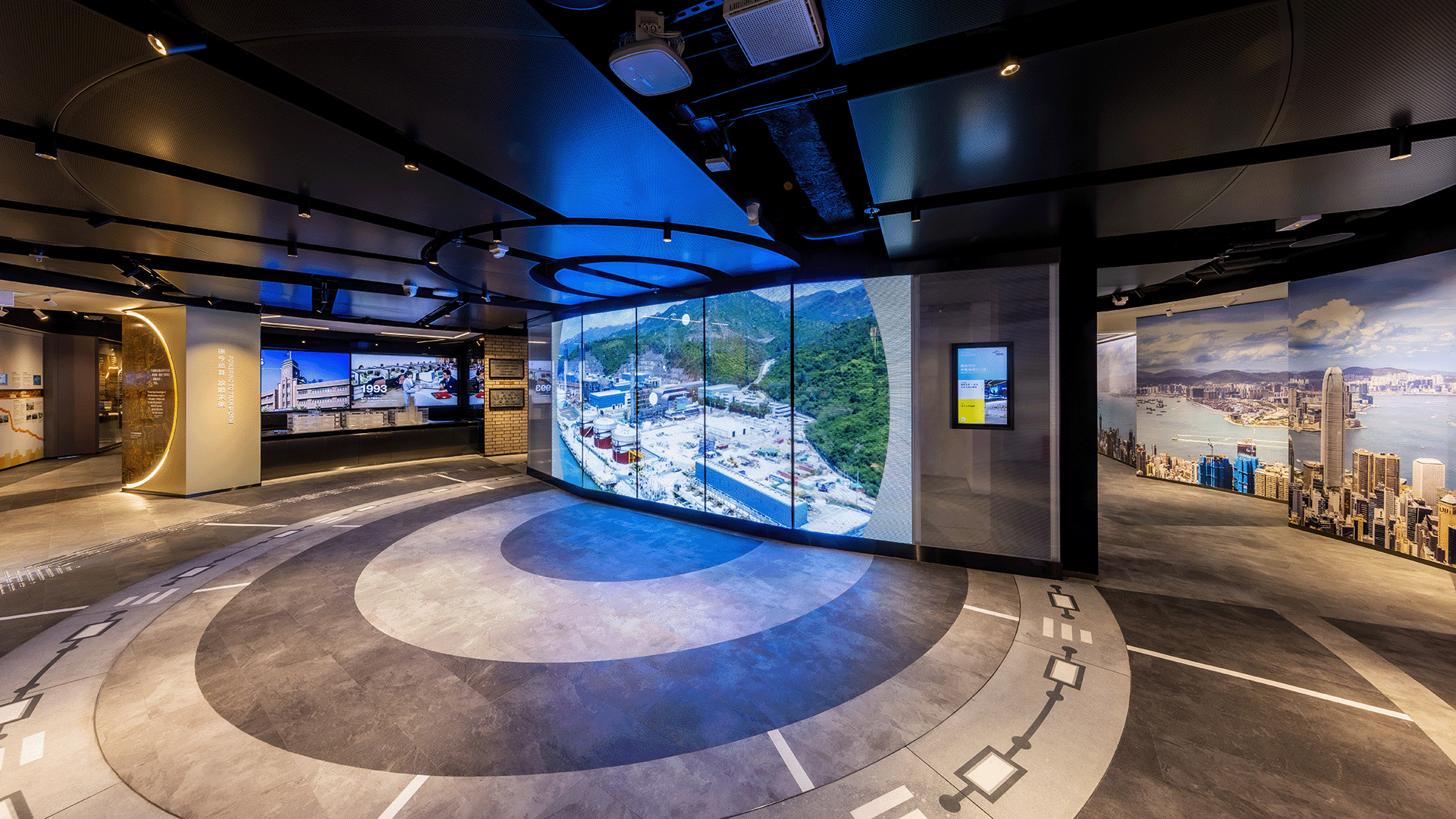Sustainable Future

14. 【Shaping a Sustainable Future】
A sustainable future is a vision shared by everyone. What can you do to play your part in creating a sustainable planet for future generations?
The Hong Kong SAR Government has a goal of achieving carbon neutrality by the middle of the century set out in its Climate Action Plan 2050. CLP supports these policies proactively and plans to phase out coal-fired power generation by the end of 2040 and achieve net-zero electricity generation by 2050.
The journey toward carbon reduction is challenging and requires the participation of every individual, along with the government and energy companies. In this exhibition area, you can find out how environmentally friendly your daily habits are by trying out an interactive game called ‘How Green Can You Go?’ On the other side of the area, CLP’s public education initiatives are spelled out in an e-book that outlines its broad range of activities to promote environmental awareness among young people.
Building a low-carbon future requires collective willpower, determination, and the help of innovative technologies. At the back of the exhibition area is a display wall called ‘What Does the Future Hold?’ It features four electronic screens that introduce strategies for achieving net-zero electricity generation in terms of fuel sources, technologies, and infrastructure. You are welcome to watch the animations and video for more details.

15. 【Net-zero Electricity Generation for a Green Future】
Countries and territories worldwide are preparing for energy transition swiftly as they strive for a net-zero future. Significant breakthroughs are expected in low-carbon electricity generation, hydrogen power, and smart grids as innovative technologies constantly shift the boundaries of what is possible.
The first animation on the left shows three key technologies for developing zero-carbon electricity: advanced renewables with energy storage, small modular nuclear reactors, and processes for carbon capture, utilisation, and storage.
The second animation focuses on hydrogen power generation. Hydrogen can be extracted through water electrolysis, a process that requires electricity. Green hydrogen specifically refers to hydrogen generated through electrolysis powered by renewable energy sources, which results in zero carbon emissions. As technology marches forward, there is potential to lower the production costs of green hydrogen and broaden its applications.
The third animation explores future infrastructure projects and highlights three power system technologies: offshore renewable energy facilities, high-voltage direct current transmission systems, and smart grid and distribution automation technologies.
The final video presents the Greater Bay Area as a blueprint and exemplar for smart city development. It shows how the region is taking innovative approaches to infrastructure service development in areas such as water resources management, electricity supply, transport, and information and communication technology.


